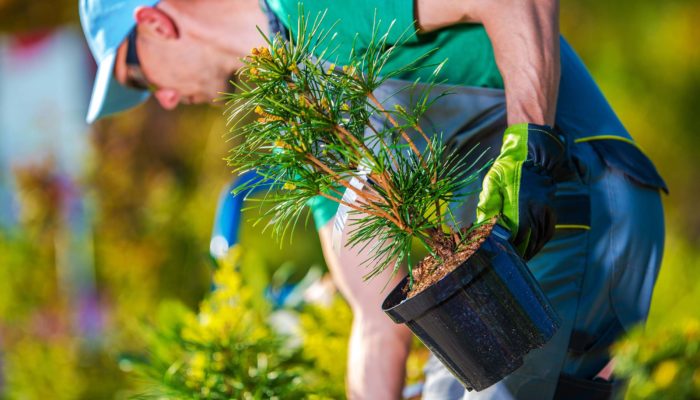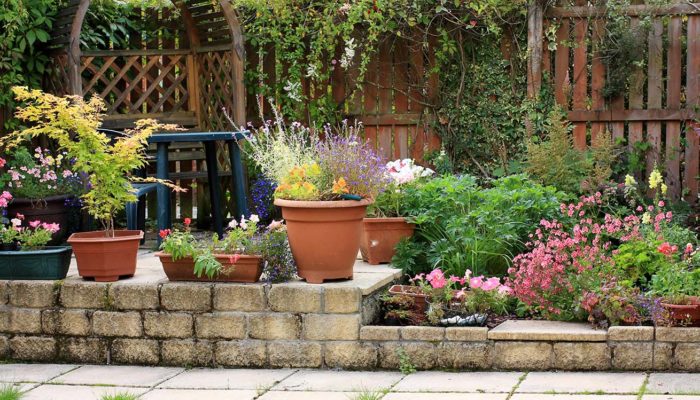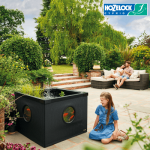Gardening on a gradient or slope can be a challenging task, but with the right planning and techniques, it can transform a once unusable space into a beautiful and functional garden. Whether you’re dealing with a gentle incline or a steep slope, there are several tips and strategies that can help you make the most of your space and create a stunning garden that you can enjoy for years to come.
Assess the gradient

Before planning your garden on a slope, assess the angle, direction, and sun exposure. Search for inspiration and ask neighbours how they have dealt with the gradient. Knowing these details will help you choose the right plants and plan your layout.
Consider container gardening

If you have limited space, consider using hanging baskets or vertical planters to create a stunning garden on your slope. You can also experiment with different types of plants, such as succulents or trailing vines, to add interest and texture to your garden.
Plant trees and shrubs

Trees and shrubs are essential for slope stabilisation and provide shade. Trees and shrubs will help to provide height where needed. Choose plants that are native to your area, adaptable to your soil and climate, and grow well in your slope’s conditions.
Use raised beds

Raised beds are an excellent option for gardening on a gradient. They help retain moisture and nutrients and provide a level surface for planting. Use materials such as treated wood or composite boards, for long-lasting raised beds.
Create terraces

Terracing is an effective way to turn a steep gradient into a series of flat, level planting areas. It involves building retaining walls or steps and can be done using natural stone or concrete blocks. Terracing not only provides planting space but also adds dimension and interest to your landscape.
Mulch

Mulching is crucial for moisture retention, erosion control, and weed suppression. Choose organic mulch such as straw or shredded leaves, and apply a 2-3 inch layer around your plants.
Use drip irrigation
Drip irrigation is the most efficient way to water plants on a gradient. It delivers water directly to the roots, reduces water waste, and prevents soil erosion. Invest in a quality drip irrigation system for long-term success.
Build retaining walls

Retaining walls are a great solution for a steep gradient. They stabilise the soil, prevent erosion, and provide flat areas for planting. Consider using interlocking blocks or natural stone for a sturdy and attractive finish.
We hope you enjoyed reading our blog on our ‘Top 8 Ideas for Gardening on a Gradient’. If you’d like to get involved, drop us a comment below with your gardening tips!























